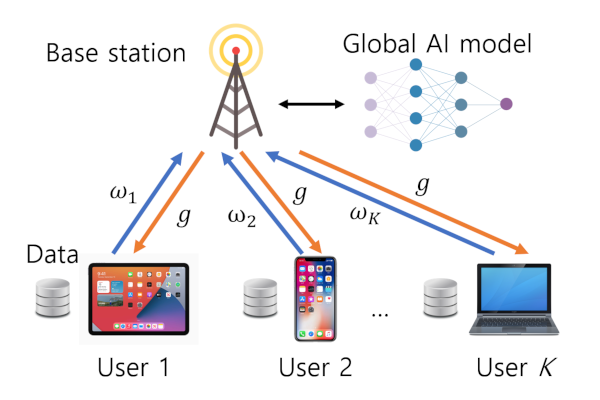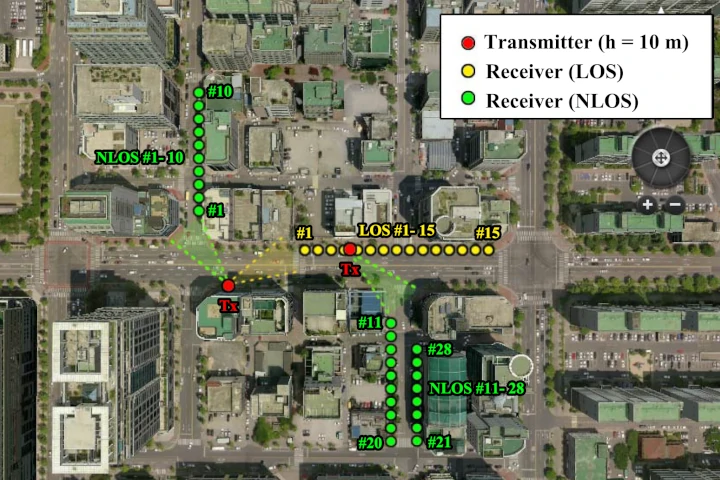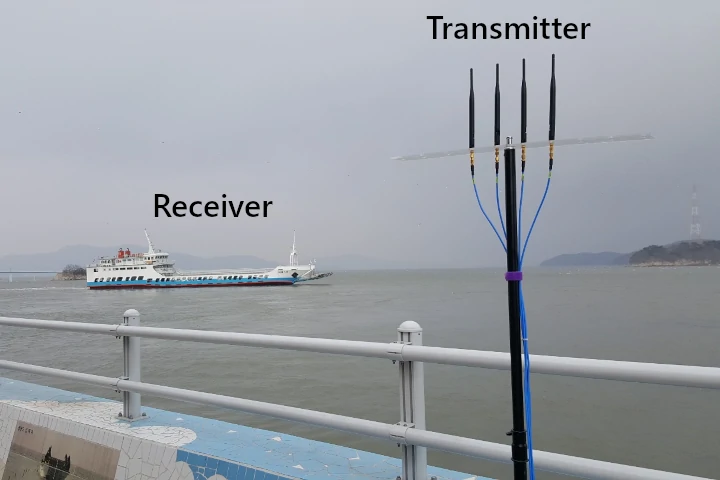Artificial Intelligence for Wireless


AI has great potentials to improve the performance of conventional communication systems. It can enhance the performance of each block of communication systems or jointly optimize the whole transmission and reception procedure, such as so called end-to-end (E2E) communication systems. In addition, AI can break the limit of conventional communication systems by efficiently exploiting additional information, such as sensor readings from mobile devices. Our effort in this topic include designing intelligent transmission/resource allocation techniques, distributed learning over wireless, and so on.
Mobile Navigation and User Data Processing Pipeline
Because GPS is not working properly indoors,
Automotive Radar Signal Processing and Perception
Radar
Mobile Navigation and User Data Processing Pipeline
- Machine learning-based transmission techniques for 5G/6G networks
- Precise indoor navigation solutions using wireless and IMU/vision sensors
- Designing big data processing pipeline to handle unlabeled mobile user data
- Wireless sensing and sensor-fusion techniques (e.g., Wi-Fi sensing)
- Radar signal processing / perception for autonomous driving vehicles
Past Research Area
The past research areas include radio propagation channel measurement/modeling for sub 6GHz and mmWave frequency bands, indoor/outdoor ray-tracing simulation, and design of various transmission techniques for wireless communication systems. More information on past research can be found here – publication (past papers).



Demo Video
Wi-Fi and motion sensor-based mobile navigation demo at Intel Santa Clara Campus
Refer to our paper [J17] for details
Refer to our paper [J19] for detaill
Research Projects
(Completed)
2016 – 2017 Ray-Tracing 기반 5세대 이동통신 전파사용량계수 산출 방안 연구, SK Telecom (연구책임자)
2012 – 2015 다중 셀 셀룰러 시스템에서 셀 간 부하 균형을 위한 분산적 기지국 선택 방법, 한국연구재단 (연구책임자)